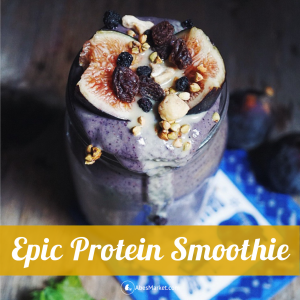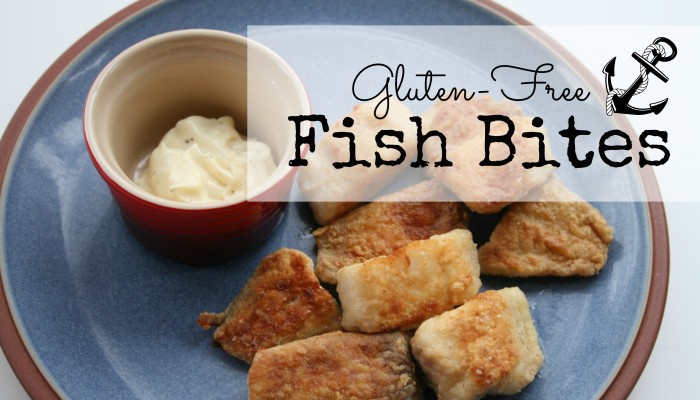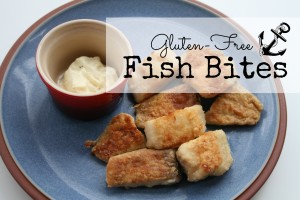This tasty recipe comes straight from one of our favorite online vendors, Abe’s Market. Abe’s is one of those fantastic finds that is ideal for busy parents. If you can’t get out of the house with your newborn or if you don’t have a Sprout’s, Whole Foods or Central Market in your neighborhood, Abe’s Market is the online store for you. They carry all of the gluten-free, organic, coconut-filled, a la naturale goodies and baby-products that you could ever want. We think they’re pretty awesome. We’re happy to say that this isn’t a sponsored post – we just wanted to share this great resource and their yummy smoothie recipe with you. Enjoy!
Blueberry, Kale and Fig Protein Smoothie
Ingredients:
- 2 handfuls of kale, fresh or frozen
- 1/2 C of figs
- 1/2 C of frozen blueberries
- 1 frozen banana
- 1.5 C coconut or almond milk
- 1 Tbs hemp seeds
- 1 Tbs tahini
- 1 tsp cinnamon
- 1 scoop protein powder
Instructions:
Place all ingredients in a blender and blend smooth. Feed to your kiddos and get excited that you are depositing healthy servings of veggies, fruits, fat and protein in their little bellies, all in one slurp. ♥ C & K





























